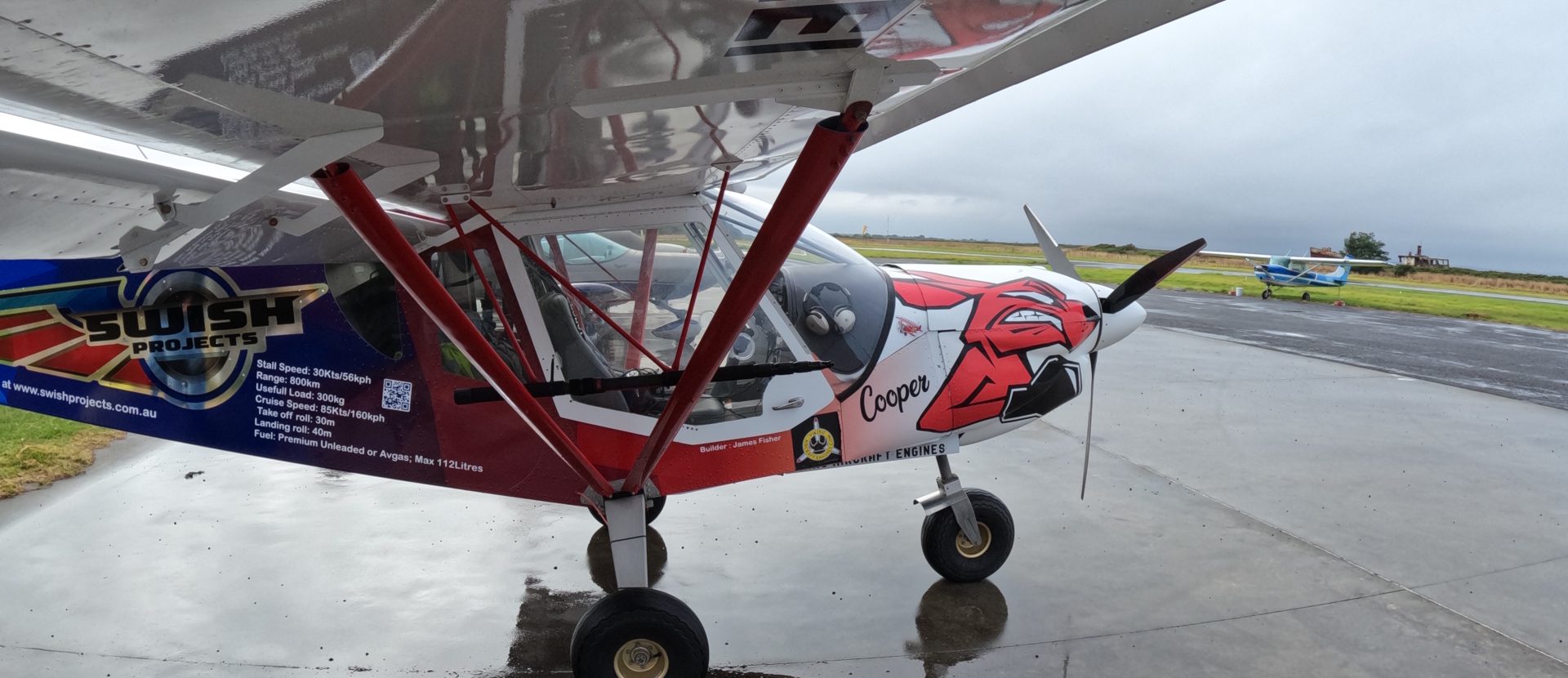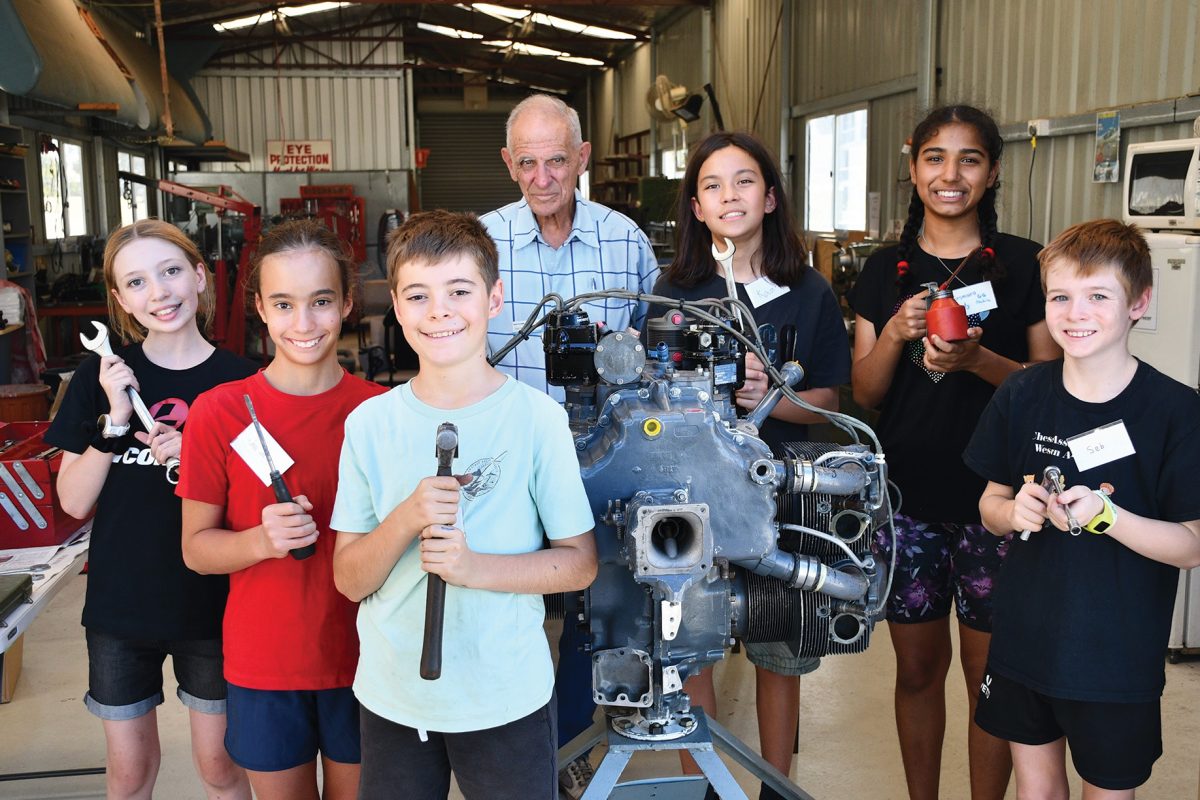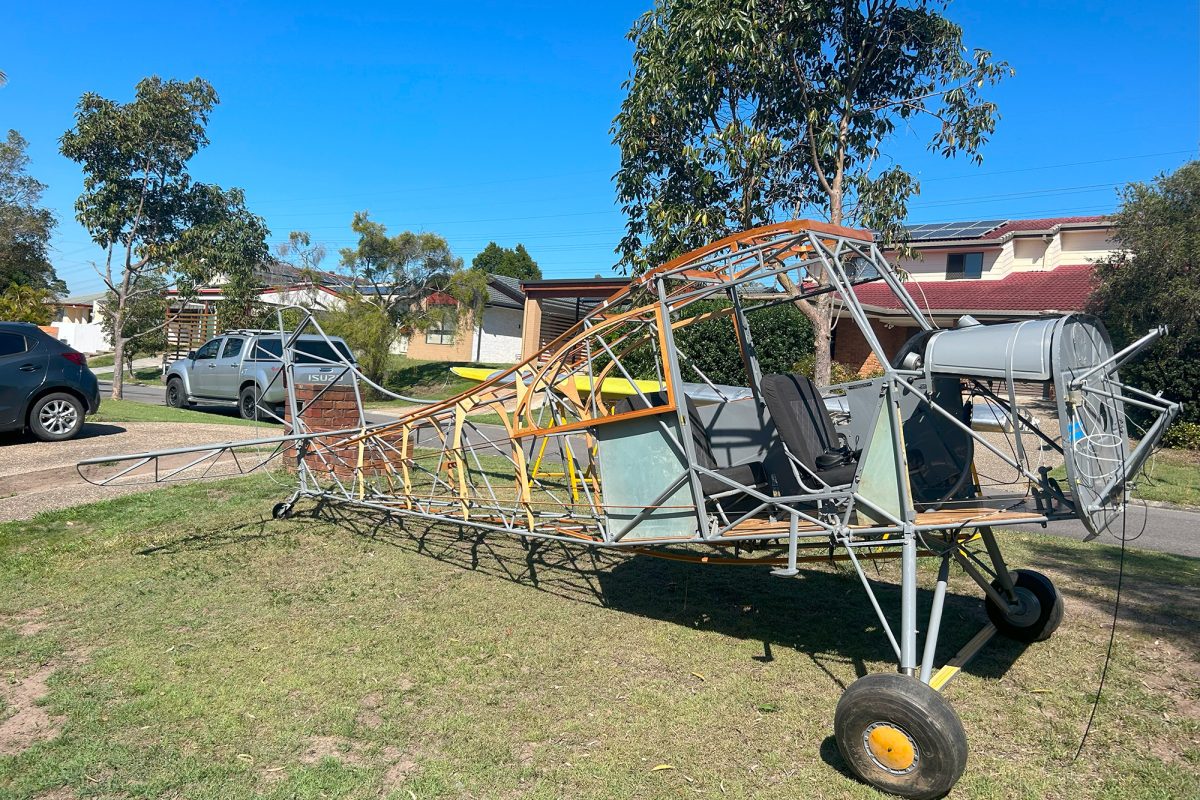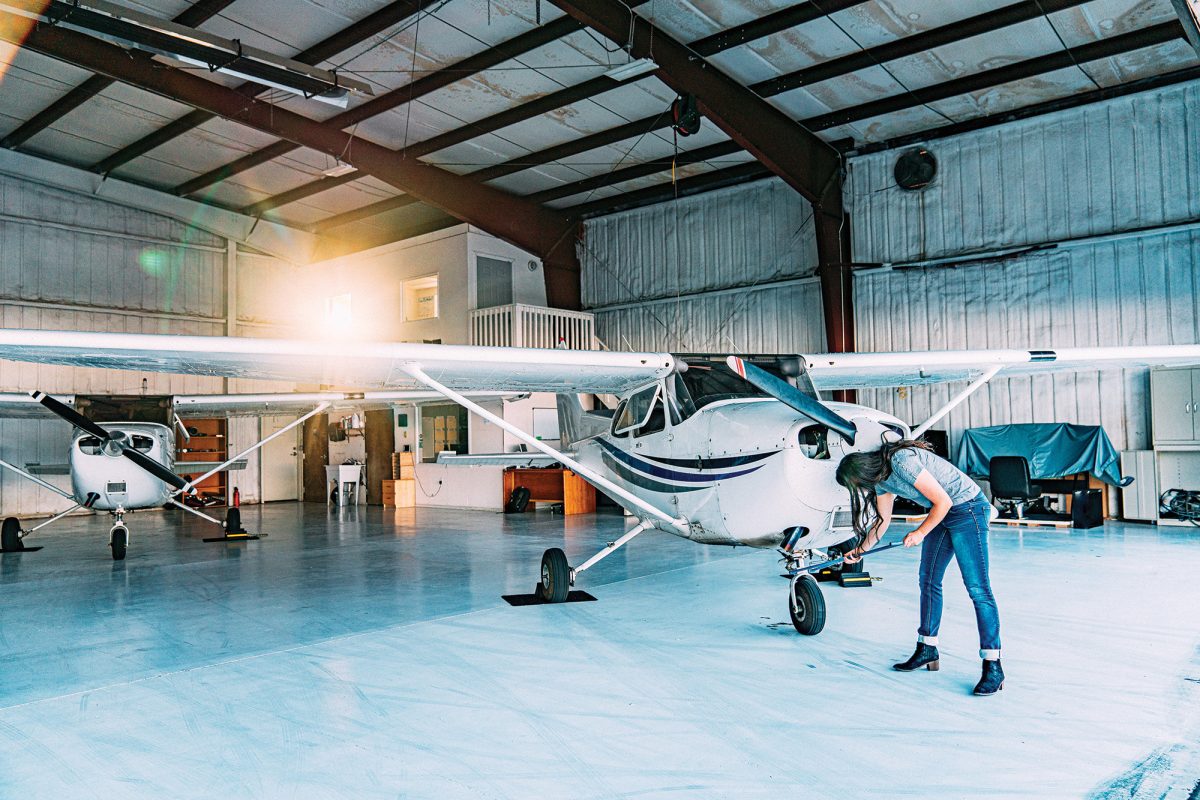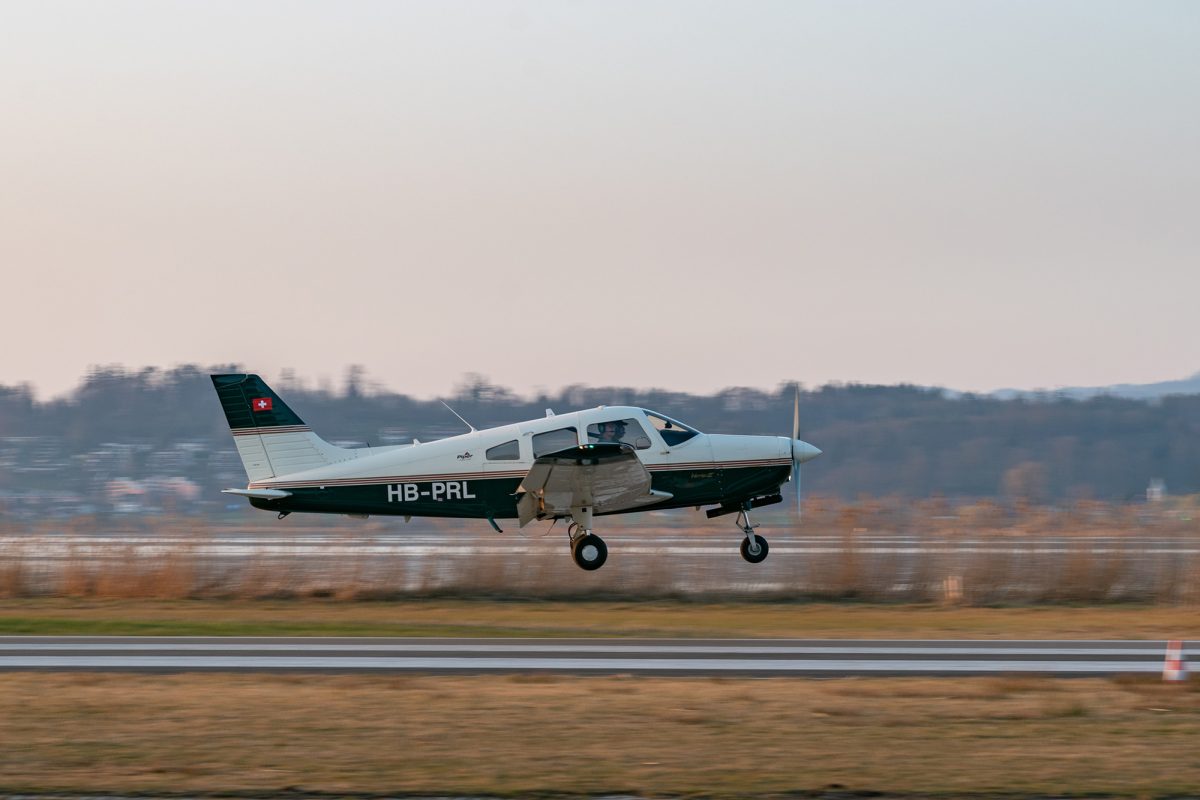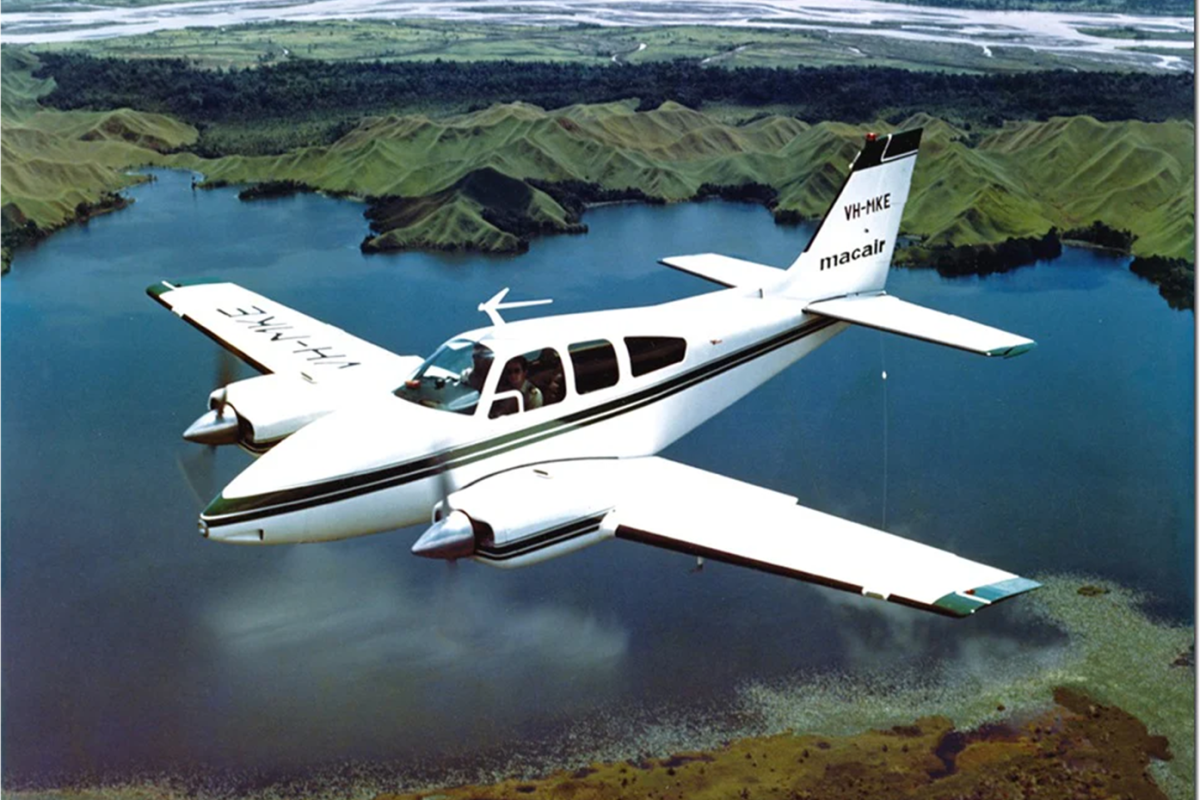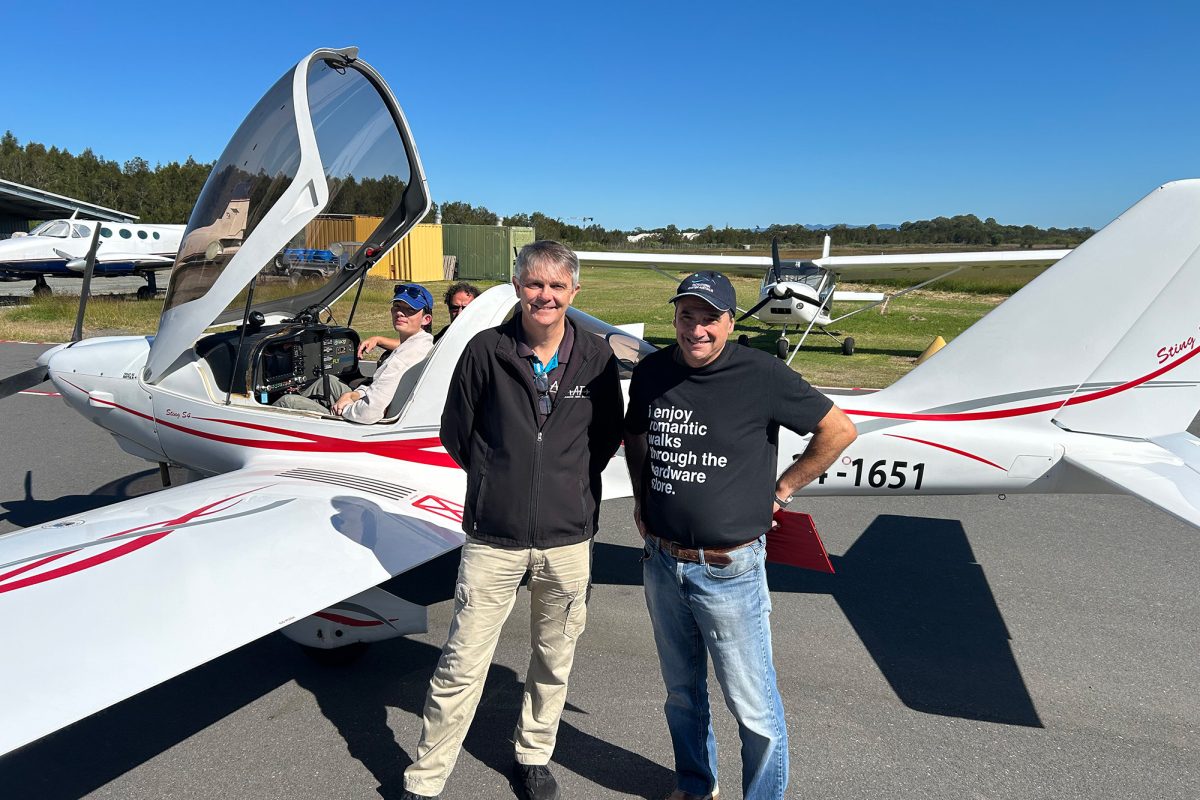THE ANYWHERE, EVERYWHERE OPTION
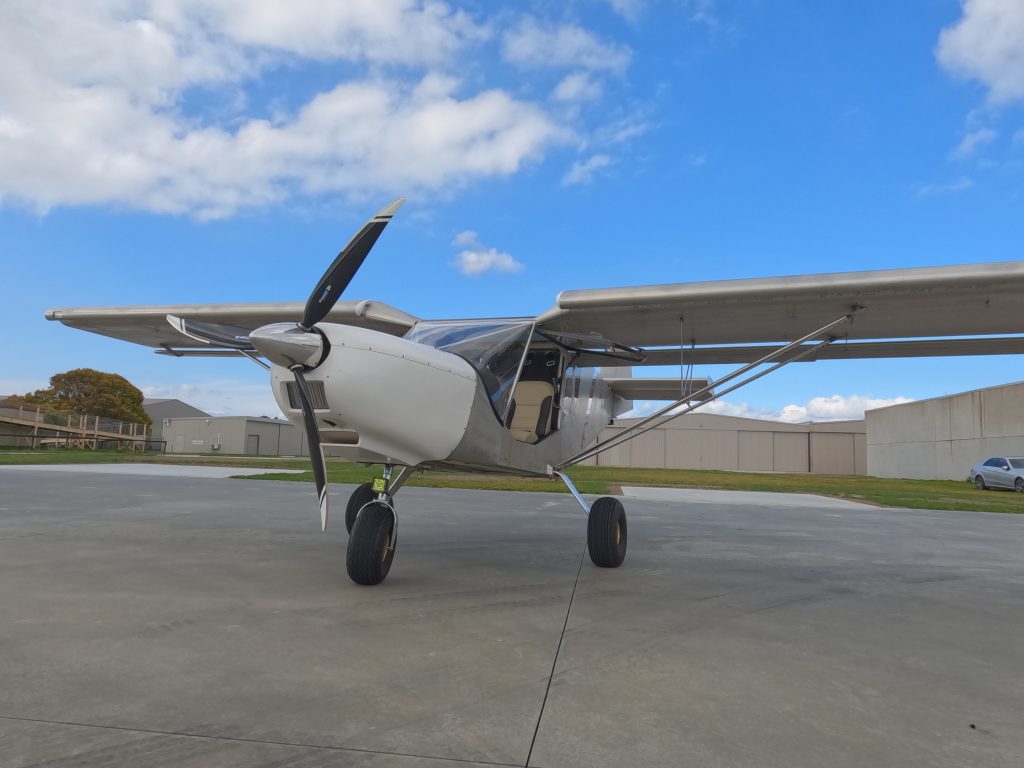
If you’re in the market for a STOL aircraft, there’s one particular option you simply can’t walk past.
The love of aviation in Australia is on the rise, and with it comes more adventurers who see the value in touring our country with a machine that can do it all – fly anywhere, land anywhere. There’s also a bigger league of STOL aircraft becoming available. But what does it take from a flying machine to fulfill the requirements of the great southern land? As it turns out, the answer is in versatility.
Introducing the Zenith Aircraft Company, makers of the CH701 & CH750 aircraft. The CH750 comes in three versions; the aptly-named CH750 STOL, the extra-cargo-carrying CH750 Super Duty and the speedier CH750 Cruzer. They can be registered for RAAus straight out of the box, and they’re a VH or Group-G candidate if you’d like the extra MTOW capacity. If you haven’t heard of them, Zenith are a Missouri-based manufacturer of kit aircraft who specialise in light sport utility and STOL aircraft. They’re not new, Zenith have sent well over 10,000 kits to over 50 countries worldwide, and are just about to hit their 50th year of manufacturing all-metal kit aircraft.
Victorian-based James Fisher from Swish Projects is the Australian distributor of Zenith aircraft – and a proud owner of the CH750 STOL. When I asked James about the differences between models, he quickly said “bugger it, let’s go and fly in all three and you can see for yourself”.
In my aviation experience, I’ve met three types of aircraft owners. The first wants to buy the plane built, tested and ready to go. They’re ready for adventure and might not have the hours or interest to build a plane in a hangar. The second type wants to build, but they might have a few more dollars than they do spare hours. They’re more likely to buy a quick-build kit, or something mostly ready to go. The final pilot is currently turning these pages with a riveter eagerly waiting for their kit to arrive. The benefit of all Zeniths is that they’ll please all three pilots.
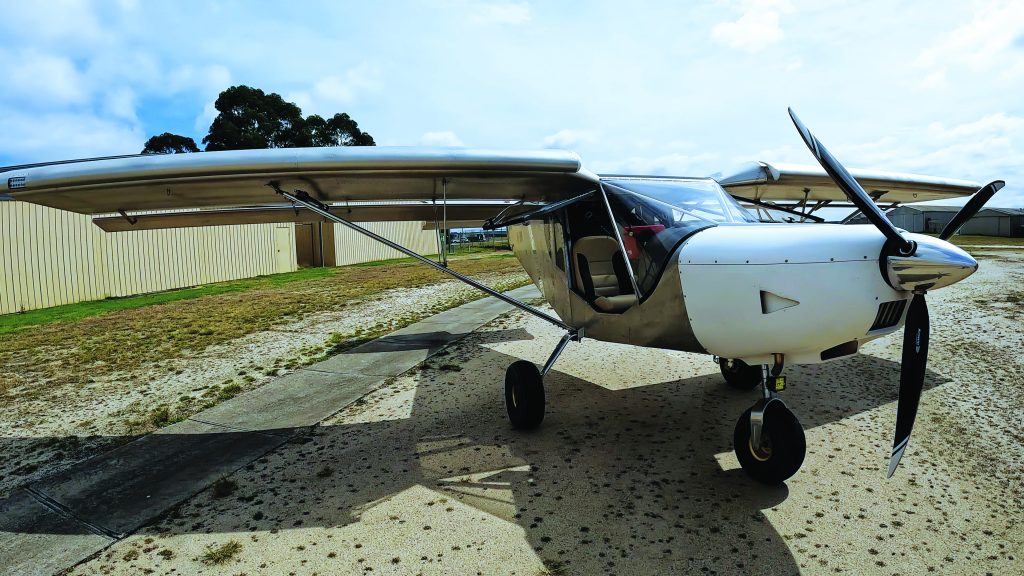
For the benefit of you readers, I’ll stick mostly to James’ aircraft as a base for our discussions, the CH750 STOL model. Then we can talk about some of the variations and options you have to play with, using the aircraft of two other CH750 pilots James had introduced me to; Scott and Kelvin.
I jumped into James’s CH750 at Bacchus Marsh airport in Victoria. He’s fitted his all-metal CH750 out comfortably, with ADS-B out, 2-axis autopilot, and a Garmin G3X with accompanying navigation iPad running AvPlan. Up front is a 130hp Viking CSU; a 1.5L Honda engine converted for aeronautical use. James is using his CH750 to tour, but to also get on/off the ground quickly on adventures. That explains the horsepower.
The Viking engines all ship with a complete firewall-forward bolt-on kit. Anyone that has ever installed an engine will know that work stops almost every day while more and more parts need to be ordered to finish the job. With the Viking FWF – everything you need is provided. Every hose, clamp, bracket, bolt and accessory is there. You have a variable pitch propeller running on a hydraulic system with no manifold pressure to worry about and a liquid-cooled engine with no external oil lines, ensuring you’re at temperature before you’ve reached the run-up area. If you want a lot of power from an engine it’s naturally going to generate heat, so liquid cooling can be a good answer. “That’s what I like about it, it never runs hot,” James tells me.
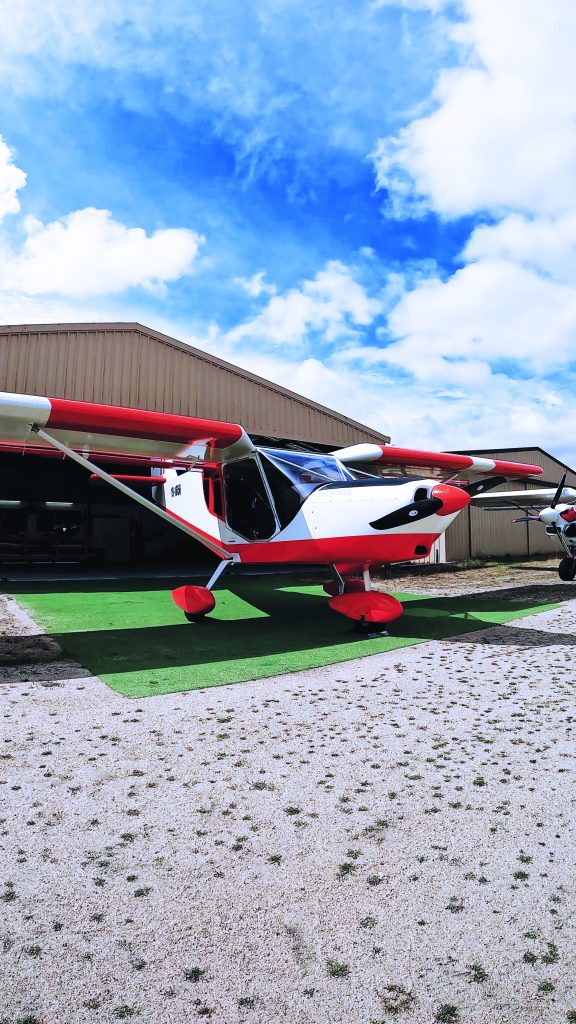
James’ STOL was going through 21 litres of 95 Octane fuel per hour with a cruise at 85-90 knots, but could also drop the power for 17L/h at 70 knots. He carries 90 litres in two wing tanks that gravity-feed into a 15L header tank with integrated dual fuel pumps behind the baggage compartment. This system does not use any fuel tank selector – both tanks are always draining and balance themselves. One less thing to worry about.
For any southerner that likes to cruise around in winter, the other notable difference was the heater. Rather than engine smells filling up the cabin, the airflow heats via the radiator and creates a clean, ambient warmth with two 12V fans (one for ‘low’, both for ‘high’). Simple, but a nice touch on a cold day.
For the short take-off we went full flap, a bit of nose-up trim, a decent amount of right rudder and a fully fine pitch. With big full length flaperon-design wings, you’re off the ground at 25 knots at MTOW and the thing climbs steeply at 1,000fpm and 55 knots – sucked into the sky like a homesick angel. The outside air temperature was 16 degrees, with an approximate density height of 1,000ft AMSL. In cruise, we quickly saw a TAS of 85 knots at 4,150rpm with the oil PSI at 95 the whole way, and with a VNE of 108 knots you have plenty of breathing space.
For landing, we were on a 40-knot final and it cooperated the whole way down. You’d prefer 300m for landing, but with a bit of practice James could pull up in 150 pretty easily. “When I’m going off grid my runway rule is this: if I can drive along the ground safely with a bowl of curry on my lap, I’ll take it.” Even with the current stock tyres and suspension, bumps are hard to notice. He pointed out a spot on the runway to me, landed on it, and exited the runway with a ‘nice landing’ comment coming over the radio from a couple of Amber Aviation instructors in the clubhouse.
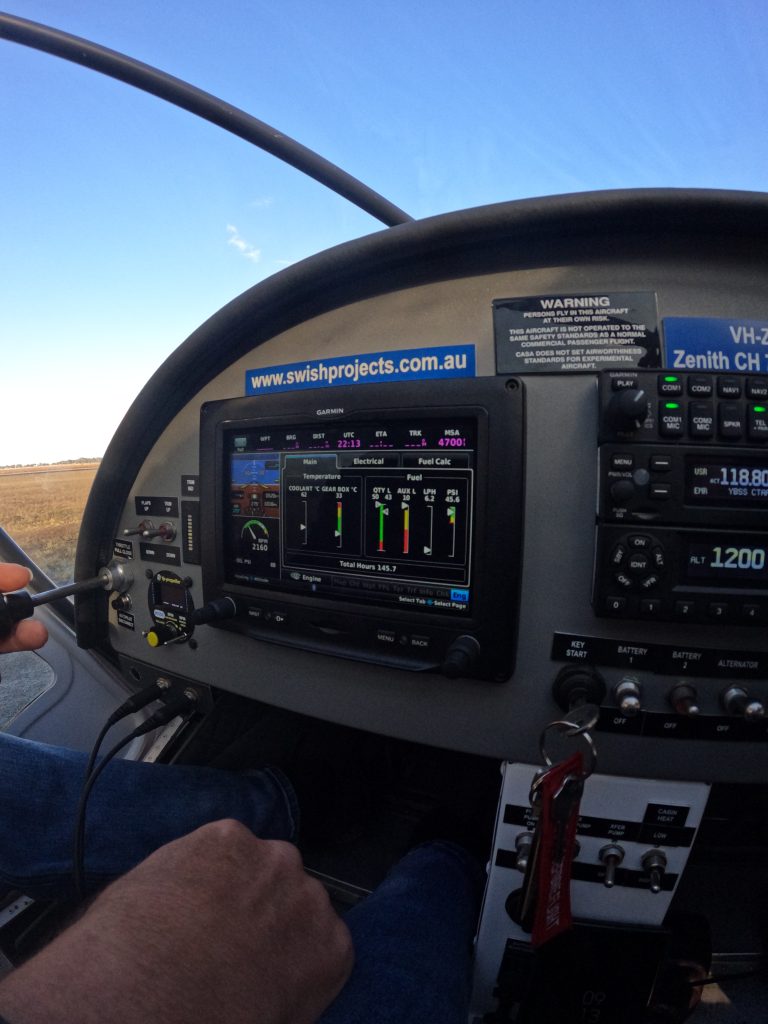
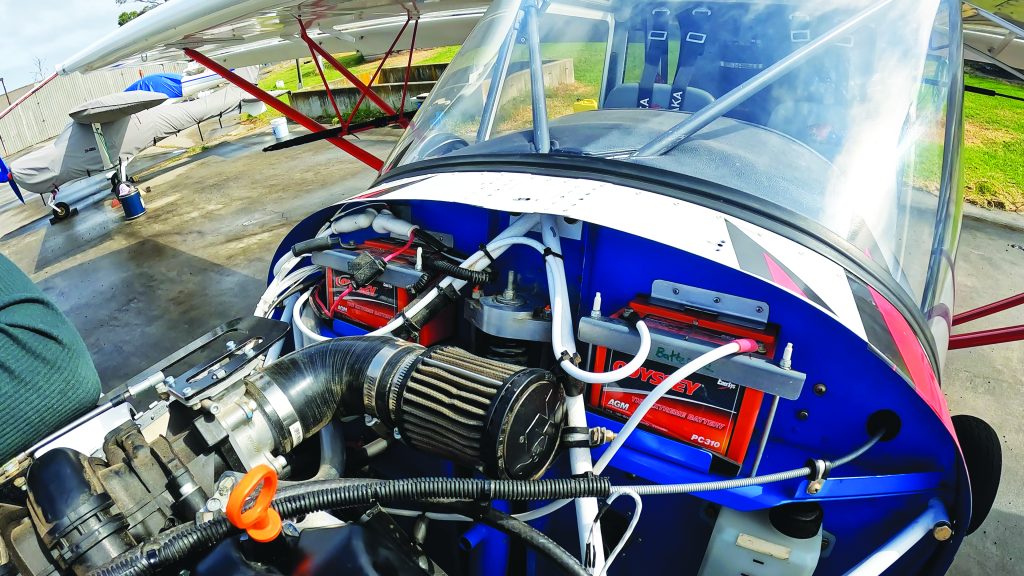
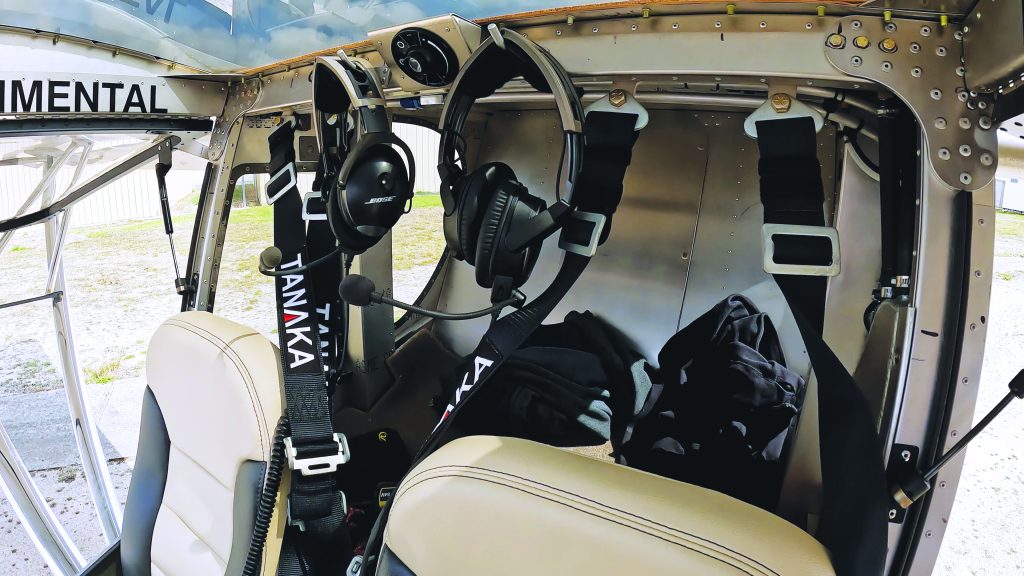
This machine is precise, straightforward to fly, cooperative and forgiving. It’s exactly what you’d want for a touring STOL aircraft. As we completed a Melbourne city orbit, I noticed the Garmin G3X was the perfect dashboard for the job, with its ‘highway in the sky’ to assist your flight path and terrain assistance. It’s an impressive piece of kit for any plane.
When I asked James about the build time, it took him about a year with ‘life’ in-between. All three pilots make it clear to me that if you can rivet, you can build a Zenith CH750 in as little as 2 months. James’ plane (including avionics) would carry a price tag of around AUD$155,000. The standard kit option arrives in a timber crate that will cost around AUD$60,000 landed. The price varies with the exchange rate and freight prices, but this is a good guide. Then you can decide on an engine, avionics and extras.
With a 100hp Rotax you’d be looking at an MTOW of 653kg. As a builder though, the airframe has a 703kg MTOW. Depending on your fit-out, you can have around 390kg of useable weight to play with. We’re talking a tentative Group-G aircraft where you can shove skis, fishing rods, camping gear or beach gear. Every adventure awaits, it’s literally a Sky Jeep. Sidewards space is just as good, you have four more inches in shoulder width compared to a Cessna 172.
By now I was already impressed with what the CH750 had to offer, but this was just one variation of a highly customisable plane. With Scott and Kelvin both keen to show me their own take on the CH750, I knew there was more to come.
Scott spent around 1,000 hours over 18 months on his RAAus-registered build. He’s ex-RAAF, a meticulous type, and I’d say it’s safe calling this the upper-limit for time it’d take to build one of these things if you wanted to go all-out on the details. In the RAAus 600kg MTOW category, your useable weight is everything. Scott is familiar with Australian-made Jabirus, which led him to install the light, four-stroke, flat-6 Jabiru 3300 engine at a cost of around $28,000 and a fuel burn of 23L/h, which gave him a 377kg empty weight. Kelvin went in-between with a 100hp Rotax CSU at around $33,000 (albeit he managed to find one much cheaper) and registered his in the VH-experimental category.
Kelvin’s build story was particularly interesting. He’d only accumulated 30 hours on the plane when I met him. He built it, had it signed off and flew straight to the 2023 Avalon Airshow – unpainted – and managed to take out the ‘Best Home Built’ award at the event. He also designed, built and installed a vent in the nose, mechanically controlled from the cockpit, so that he can get the engine up to temperature – a custom modification he made later in the build process. The Rotax tends to run cool, so a closed vent accelerates the oil temperature rising before applying power from a cold start. Once in the air and flying with two people and three-quarters of our fuel capacity, we were flying one bar below centre on trim – it’s a perfectly balanced aircraft.
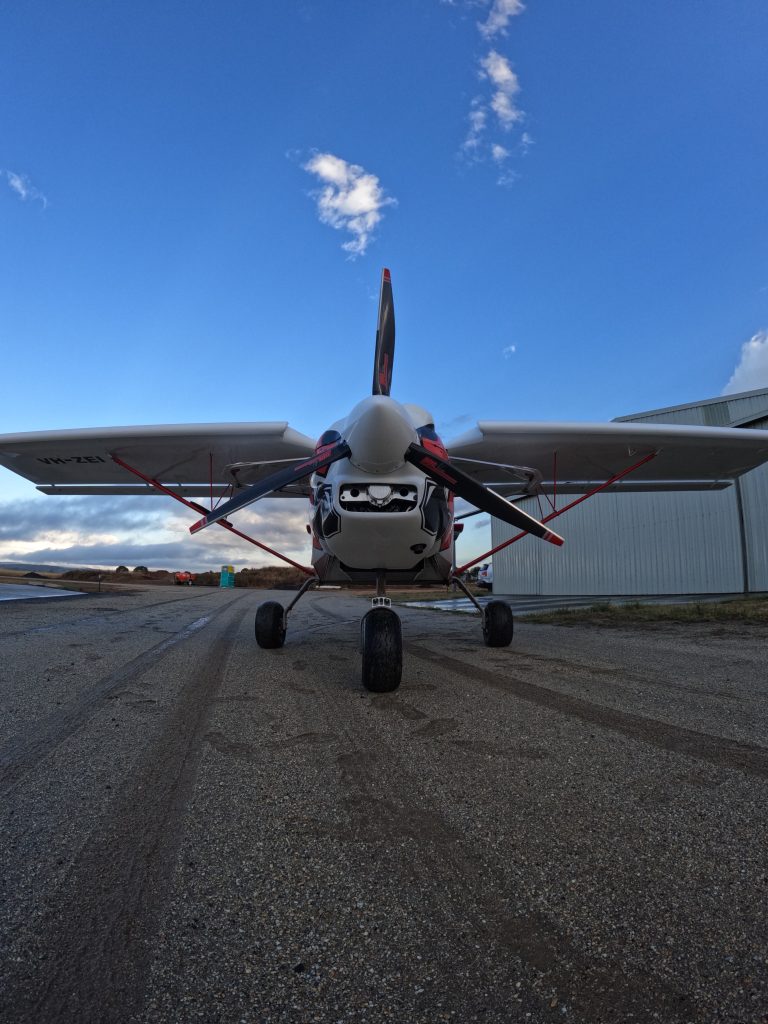
“People can get stuck on ground speed – which is why I went for this plane over a Cub – but I think you should just focus on what the plane is rather than chasing 90 knots.” Kelvin told me. Despite weight being ‘everything’ in a STOL aircraft, all three builders have gone after some luxury upgrades rather than the bare minimum. That’s a perk with the CH750 – you have room to play.
Kelvin’s Rotax is fitted with an Airmaster inflight adjustable propeller and burns 20L/h at 5,000rpm with a manifold pressure of 25” to 25.5” and 86 knots of cruise. With paint still to come, he’s dropped around $90,000 and he’s ready to throw his surfboard in the back and go down to surf Tassie with his mate. He picked up a semi-started kit that was collecting dust, picked up the engine cheap, found an exhaust and engine mount and he was ready to get started. He shopped smartly and it saved him a lot.
In terms of extras and options, the guys all have different opinions about what’s a good upgrade. James and Kelvin are using the plane for more utility purposes and they’re in agreement that Berringer brakes, tundra tyres and a tail skid are a good option. That’d take Kelvin’s 6” rim to an 8”, and his 21” main gear up to 25”, giving the capacity to land just about anywhere. You already have spring suspension with compressible pucks and a bungee spring on the nose wheel, so you can modify for the ride you want. We happened to spot Berringer brakes on a SeaBear L-65 sitting at Tyabb. “If they can stop an 1800kg SeaBear, they can stop me.” Kelvin chuckles.
One of the benefits of building a Zenith is you have a large international community of owners and builders to support you. Rather than thinking, ‘Oh my god, I don’t have these build skills’, one could actually think ‘, I have a bunch of seriously-equipped builders who would love to help guide me on this’.
All put together, most STOL pilots are looking for the plane that provides the best framework for them to work from and then customising from there. If you’re on the market, you’d be silly not to take a Zenith CH750 for a spin and find out what a known-quantity aircraft with 10,000+ builds feels like, backed by a huge community
of owners and builders to guide you. Happy flying!
